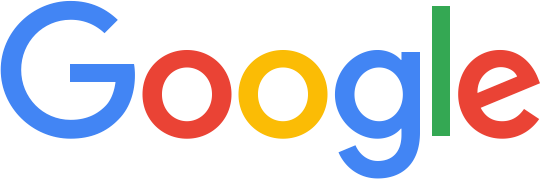Introduction
Hey there, game enthusiasts! Are you spending more time glued to your screens than you’d like? If your gaming habits are starting to feel like they’re spiraling out of control, you’re not alone. Gaming addiction is a real and growing problem, affecting millions of people worldwide. But don’t worry, we’re here to help. In this article, we’ll delve into the psychology behind gaming addiction and share some effective strategies for managing it.
The Dopamine Rush
One of the main reasons why gaming can be so addictive is the dopamine rush it provides. Dopamine is a neurotransmitter that’s associated with pleasure, motivation, and reward. When you play video games, your brain releases dopamine, which can create a sense of excitement and satisfaction. This positive reinforcement cycle can make it difficult to resist playing, even when you know you should stop.
Loss of Control
As gaming addiction progresses, you may start to lose control over your gaming time. You may find it difficult to limit your sessions, and you may continue to play even when you’re not having fun. This loss of control can lead to problems in other areas of your life, such as your relationships, school, or work.
Escape from Reality
For some people, gaming addiction can serve as a way to escape from reality. If you’re struggling with personal problems or feeling overwhelmed by life, you may turn to gaming as a way to cope. While gaming can provide a temporary distraction, it’s important to remember that it’s not a healthy long-term coping mechanism.
Managing Gaming Addiction
Overcoming gaming addiction can be challenging, but it’s possible with the right strategies. Here are a few tips to get you started:
Set Limits and Stick to Them
The first step to managing gaming addiction is to set limits for yourself and stick to them. Decide how much time you’re allowed to spend gaming each day or week, and then hold yourself accountable. If you need help, ask a friend or family member to monitor your gaming time.
Find Alternative Activities
Once you’ve limited your gaming time, you’ll need to find other activities to fill the void. Explore new hobbies, spend time with friends and family, or engage in outdoor activities. The key is to find something that you enjoy and that provides a positive outlet for your energy.
Seek Professional Help
If you’re struggling to overcome gaming addiction on your own, don’t be afraid to seek professional help. A therapist or counselor can help you understand the underlying causes of your addiction and develop coping mechanisms.
Table: Signs and Symptoms of Gaming Addiction
| Symptom | Description |
|---|---|
| Preoccupation with gaming | Thinking about gaming constantly |
| Increased gaming time | Spending more and more time playing games |
| Loss of control | Unable to limit gaming time or stop playing when desired |
| Withdrawal symptoms | Feeling restless or irritable when not gaming |
| Negative consequences | Problems in relationships, school, or work due to gaming |
| Distortion of reality | Believing that gaming is more important than other aspects of life |
Conclusion
Hey folks, gaming can be a fun and enjoyable pastime, but it’s important to keep it under control. If you’re concerned about your gaming habits, don’t hesitate to seek help. Remember, there’s no shame in asking for assistance. By understanding the psychology behind gaming addiction and implementing the strategies discussed in this article, you can regain control of your gaming and live a more fulfilling life.
Check out our other articles for more tips on managing gaming addiction and other mental health concerns:
- Overcoming Gaming Addiction: A Step-by-Step Guide
- How to Find the Right Therapist for Gaming Addiction
- Self-Care Strategies for Gamers
markdown style
Headers
To create a header, use the hash symbol (#) followed by the header text. The number of hashes determines the level of the header. For example:
# This is a level 1 header
## This is a level 2 header
### This is a level 3 header
Lists
To create a list, use the asterisk (*) or hyphen (-) followed by the list item text. To create a nested list, indent the list item text. For example:
* Item 1
* Item 2
* Subitem 1
* Subitem 2
* Item 3
Code blocks
To create a code block, use the backtick (`) character followed by the code text. For example:
`print("Hello, world!")`
Blockquotes
To create a blockquote, use the greater than symbol (>) followed by the blockquote text. For example:
> This is a blockquote.
Horizontal lines
To create a horizontal line, use three hyphens (-) or asterisks (*). For example:
---
***
Links
To create a link, use the square brackets ([]) followed by the link text and the parentheses (()) followed by the link URL. For example:
[Google](https://www.google.com)
Images
To create an image, use the exclamation mark (!) followed by the square brackets ([]) followed by the image URL and the parentheses (()) followed by the image alt text. For example:

Tables
To create a table, use the pipe character (|) to separate the columns and the hyphen (-) to separate the rows. For example:
| Name | Age |
|---|---|
| John | 30 |
| Mary | 25 |



